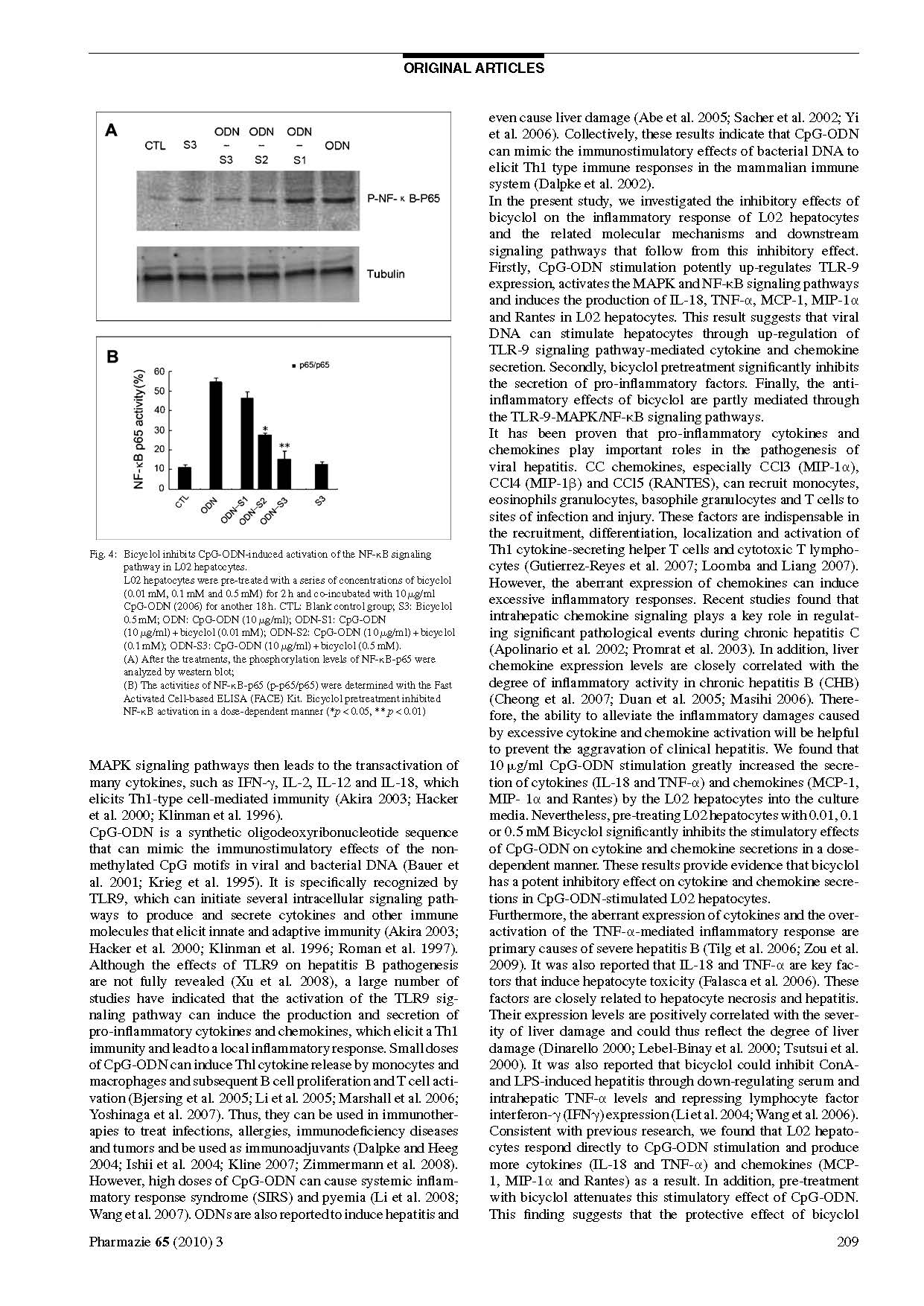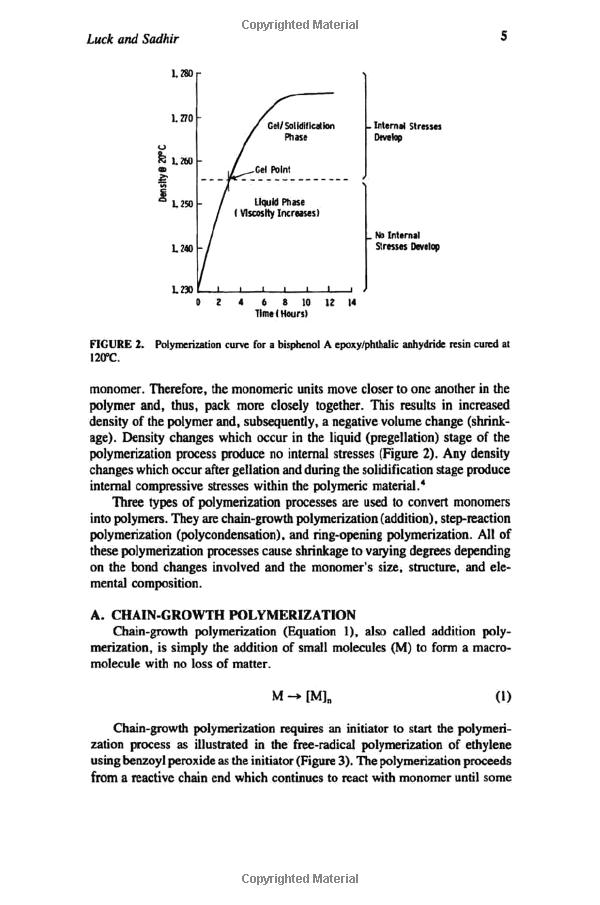### Understanding Carbon Monoxide Poisoning in Pets: Symptoms, Prevention, and Treatment
**Carbon monoxide poisoning in pets** (一氧化碳中毒在宠物中的影响) is a serious health risk that pet owners must be aware of. This silent killer can affect our furry fri……
**Carbon monoxide poisoning in pets** (一氧化碳中毒在宠物中的影响) is a serious health risk that pet owners must be aware of. This silent killer can affect our furry friends just as it can humans, often without any immediate signs. In this article, we will delve into the causes, symptoms, prevention strategies, and treatment options for carbon monoxide poisoning in pets.
#### What is Carbon Monoxide Poisoning in Pets?
Carbon monoxide (CO) is a colorless, odorless gas produced by burning fossil fuels. Common sources include gas stoves, heaters, fireplaces, and car exhaust. Pets can be exposed to this toxic gas in enclosed spaces where ventilation is poor. Understanding the mechanisms of carbon monoxide poisoning in pets is crucial for pet owners to protect their beloved companions.
#### Symptoms of Carbon Monoxide Poisoning in Pets
Recognizing the symptoms of carbon monoxide poisoning in pets is essential for timely intervention. Symptoms may vary depending on the level of exposure and the size of the pet. Common signs include:
- **Lethargy**: Pets may appear unusually tired or weak.
- **Difficulty Breathing**: Rapid or labored breathing can indicate distress.
- **Vomiting**: Gastrointestinal upset may occur.

- **Disorientation**: Pets may seem confused or uncoordinated.
- **Cherry Red Gums**: A telltale sign of carbon monoxide poisoning is the bright red color of the gums due to the binding of CO with hemoglobin.
If you notice any of these symptoms, it is crucial to seek veterinary care immediately.
#### Prevention of Carbon Monoxide Poisoning in Pets
Preventing carbon monoxide poisoning in pets involves being proactive about your home environment. Here are some strategies to consider:
- **Install CO Detectors**: Just as you would for humans, install carbon monoxide detectors in your home, especially near sleeping areas. Regularly check the batteries and functionality.

- **Proper Ventilation**: Ensure that any gas appliances are well-ventilated. Avoid using generators or grills indoors, even in garages.
- **Regular Maintenance**: Have your heating systems and appliances inspected regularly by professionals to ensure they are functioning correctly and safely.
- **Educate Yourself**: Understand the risks associated with carbon monoxide and how to recognize the signs of poisoning in pets.
#### Treatment for Carbon Monoxide Poisoning in Pets
If you suspect that your pet has been exposed to carbon monoxide, immediate action is vital. Here’s what you should do:
1. **Remove the Pet from the Source**: Get your pet to fresh air immediately. This is the most critical step in preventing further harm.

2. **Seek Veterinary Care**: Take your pet to a veterinarian as soon as possible. They may require oxygen therapy or other treatments to alleviate the effects of poisoning.
3. **Follow-Up Care**: After initial treatment, follow your vet’s recommendations for monitoring and any necessary follow-up visits.
#### Conclusion
**Carbon monoxide poisoning in pets** is a preventable condition that can have dire consequences if not addressed promptly. By understanding the symptoms, implementing preventive measures, and knowing how to respond in case of exposure, pet owners can protect their furry family members from this silent threat. Always prioritize your pet's safety by being aware of potential hazards in your environment and taking proactive steps to ensure a safe living space.